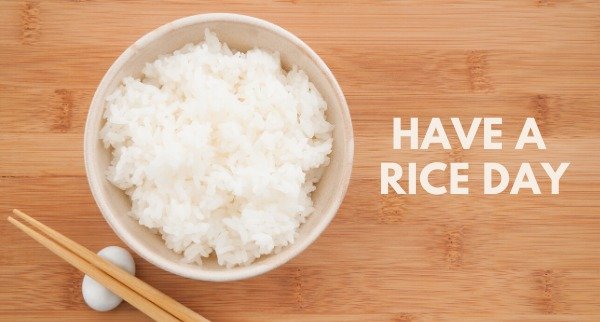Rice up Your Nutrition

Rice is a staple food around the world. It comes in different colours, shapes and sizes. The 2 commonly eaten rice in Singapore are brown and white rice. But do you know that even brown rice comes in different colour shades; red, purple and black?
Brown rice consists of all parts of the grain; fibrous bran, nutritious germ and carbo-rich endosperm. White rice has its bran and germ layer removed.
Brown rice has a bigger advantage in nutrients in comparison to White rice. It is rich in fibre, antioxidants, vitamins (B1 and B3) and minerals (manganese, selenium, magnesium and copper).
Research shows that eating regular brown rice may help lower blood sugar levels and decrease risk of type 2 diabetes. To understand more about how rice increase blood sugar levels, we need to understand 2 terms known as “Glycaemic Index” and “Glycaemic Load”.
Glycaemic Index (GI) measures how a type of food affects blood sugar level. A number is given to compare the food and glucose. Glucose is given a value of 100. If a food has a number less than glucose, it will affect blood sugar less than glucose, and vice versa.
Glycaemic Load (GL) is an equation of a portion sized food and glycaemic index.

This equation takes into consideration that large amount of low GI food can increase blood sugar as well.
Brown Rice’s GI value is 55, GL value for 1 bowl is 18.
White Rice’s GI value is 64, GL value for 1 bowl is 23.
As such, most people would think, “Brown rice don’t have a high amount of GI, I can eat 2 bowls.”
Using GL, you can see that eating 2 bowls of brown rice will have GL value of 36. That is almost 50% more than 1 bowl of white rice.
As for the other nutrients, here are some other popular kinds of rice for your liking:
1. Arborio Rice (GI: 69)
Short grain rice used in Italian cooking, it comes in brown and white choices. While it is 90% carbohydrate, it offers some protein, Vit A and C content.
2. Basmati Rice (GI: 50-58)
Long grained with a hint of nutty flavour. It is known to have a lower GI value amongst white rice.
3. Black/Purple Rice (GI: 42)
A wholegrain, the dark colour indicates a high antioxidant, anthocyanin, content. It restricts free radicals that may cause heart diseases or cancer.
4. Wild Rice (GI: 45)
A wholegrain like black rice, it has 30% less calories than brown rice while offering 40% more protein.
So the next time when you shop for rice, do mix and match to your preference!


